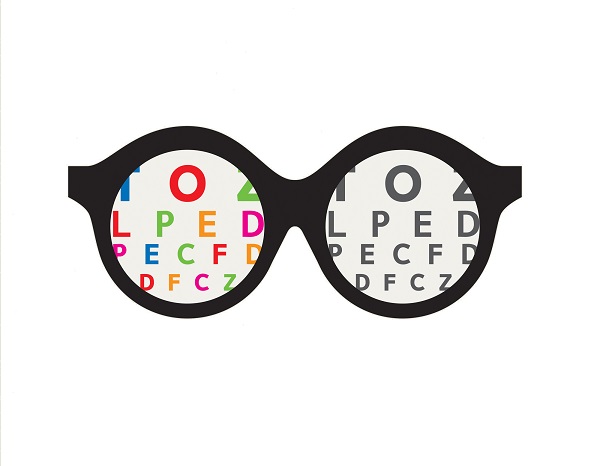
For most of us, our eyes can perceive millions of different colors. However, this isn’t true for everyone.
Color blindness is the inability to discern the difference between certain colors. This condition comes from the absence of color-sensitive pigment in the cone receptors of the macula of the retina, which is the nerve layer at the back of the eye.
Most color vision problems are inherited and present at birth. The condition is more prevalent in men; 1 in 12 males and only 1 in 20 females are color blind. In some cases, people can acquire color blindness as a result of certain eye diseases, such as glaucoma or macular degeneration, or as side effects of medication.
What Do Color Blind People See?
There are three types of cones in our retinas that send color signals to the brain. When all three function correctly, the result is normal color vision, or trichromacy.
Most color-blind people have only two types of cones, resulting in trouble seeing differences in red and green. A less common form of color blindness results from absent or weakened s-cones, which results in the person being unable to distinguish blue and yellow.
Very rarely are people monochromatic, meaning they have only one type of functioning cone. Monochromatism results in people seeing things in black and white or variations of gray.
How Do I Know If I’m Color Blind?
There are tests to determine what type of color deficiency patients have. However, people with color blindness adapt very well to their problem and can function normally in society. Certain careers are not appropriate in color blind individuals, such as electricians, pilots or graphic designers.
There can be aids used to help reduce the problems caused from color blindness, i.e. glasses, contact lenses and other technologies.
Contact Berkeley Eye Center today to schedule your next eye appointment, and ask your doctor to test you or your children to rule out color deficiencies, especially since most do run in families. We have 21 clinics and optical locations throughout the greater Houston area, as well as six state-of-the art laser eye centers throughout Texas!
